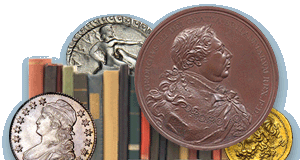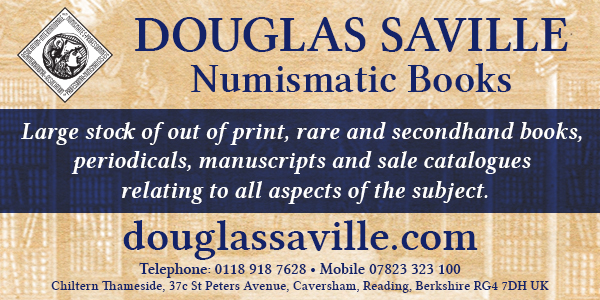
PREV ARTICLE
NEXT ARTICLE
FULL ISSUE
PREV FULL ISSUE
CURIOUS NUMISMATIC JUDAICATsadik Kaplan writes: "I check in to E-Sylum from time to time, as I collect medals (among other things). I write a monthly column in The Jewish Press and I thought the topic of this month's issue may be of interest to your readers." Thanks. Can anyone provide additional information about these pieces? -Editor
No, I Don't Know Everything
Occasionally, when I'm introduced to someone, and the person introducing me says, And yet, in my personal collection, there are three examples that have left me baffled. I am not embarrassed to reveal this; on the contrary, it is fascinating – albeit frustratingly so. I have consulted numerous experts in a variety of fields for their thoughts, and thus far have received little insight. Here they are for your enjoyment (and perhaps your help).
First up, this coin-like disc is made of a thin piece of stamped tin; it measures 22 millimeters in diameter, which is about the size of a nickel. In Hebrew it states Coin-like pieces such as this are classified as tokens. A token is not an official government-issued coin but privately made, and is used as a substitute for money or for other purposes like advertising.
In late-19th and early-20th century Jerusalem, thin brass tokens with the Hebrew letters chet and kuf were made; these letters stand for These Jerusalem tokens are not rare and are readily available for purchase by collectors for about $25. Is my token with the Kotel Ha Ma'aravi and the (presumed) acronym of zechuto yagen aleinu amen on it from Ottoman Empire-controlled Israel? Israel was not devastated by the destruction and loss World War II brought to the Jewish settlements of Europe, so if this was issued there, other examples would be known, especially among collectors and institutions, which they are not.
Aside from that, I acquired this from a coin dealer in France, who found it in a
One side shows a pair of lions flanking a representation of the Ten Commandments, topped by a crown. A crown above a pair of lions flanking the Ten Commandments is commonly found on all kinds of Judaica, referred to as a
The reverse side of the second piece has the verse Each of these medallions has integral loops, indicating they were meant to hang from someone, or something. In my opinion, they are much too heavy to wear around the neck. But then to hang from where – on a loop for your belt? What is the purpose of an astrological sign for one, and a well-known verse from Psalms on the other? As an amulet of sorts?
For the enormous Christian population in Galicia (which includes much of present-day Ukraine), mass quantities of metal pendants featuring figures and text related to that religion were produced from the 18th century onward; I can't help but think that these medallions were an attempt to financially capitalize on that, for the substantial Jewish population of Galicia, which may explain the ineptitude in How old are these? The styling of the lions, tablets, and crown indicate an era of manufacture of somewhere between 1870 and 1910. There is a rich buildup of patina that suggests they were indeed buried in the ground for many decades, as the encrustation of the dirt appears natural, as do the smooth surfaces which indicate wear. However, patina can be faked…
Since I have not been able to locate similar examples to these medallions, nor to determine any sort of feasible purpose for them, I cannot dismiss the possibility that they are not authentic antiques, but instead are Will this public airing of hopelessness lead to any definitive answers? Only time will tell!
To read the online article, see:
Wayne Homren, Editor The Numismatic Bibliomania Society is a non-profit organization promoting numismatic literature. See our web site at coinbooks.org. To submit items for publication in The E-Sylum, write to the Editor at this address: whomren@gmail.com To subscribe go to: Subscribe All Rights Reserved. NBS Home Page Contact the NBS webmaster 
|




